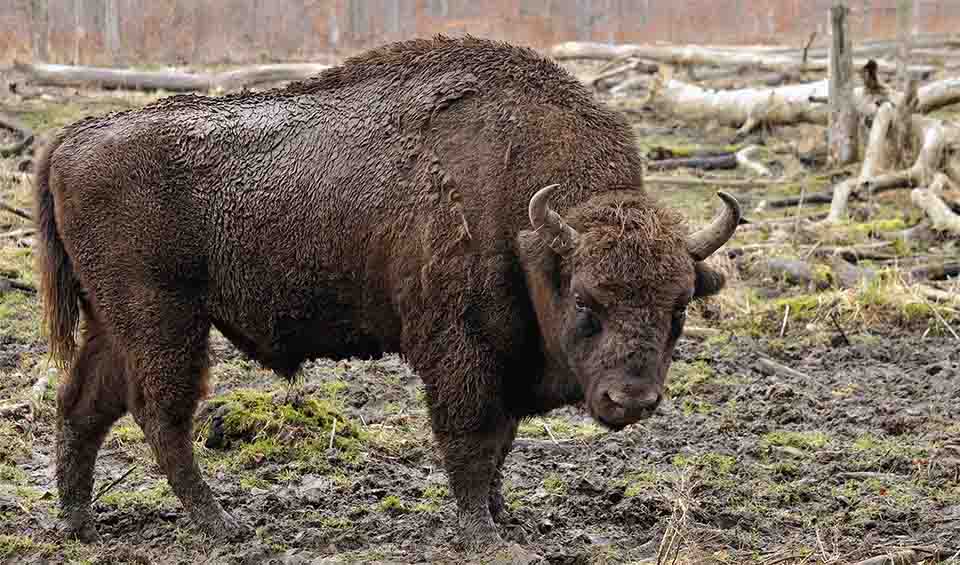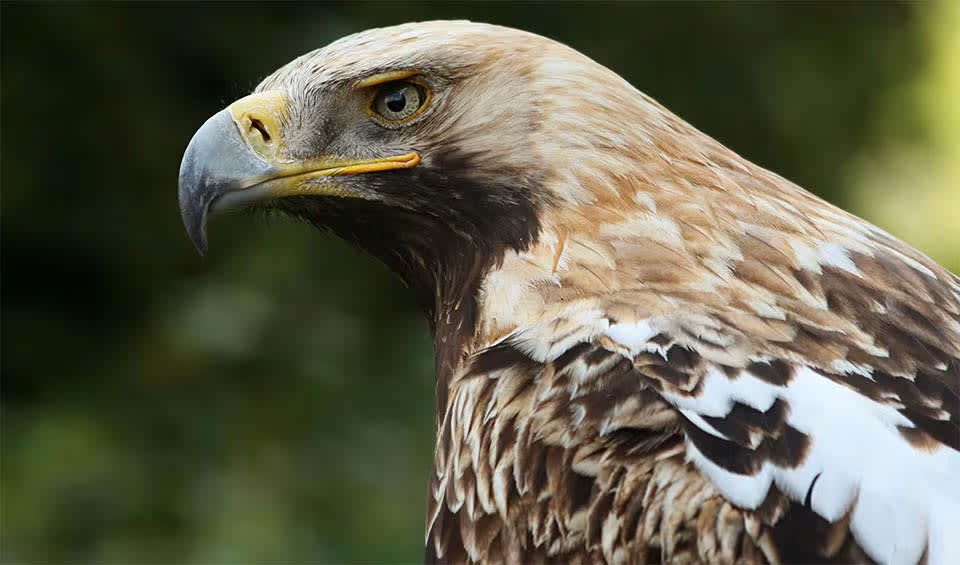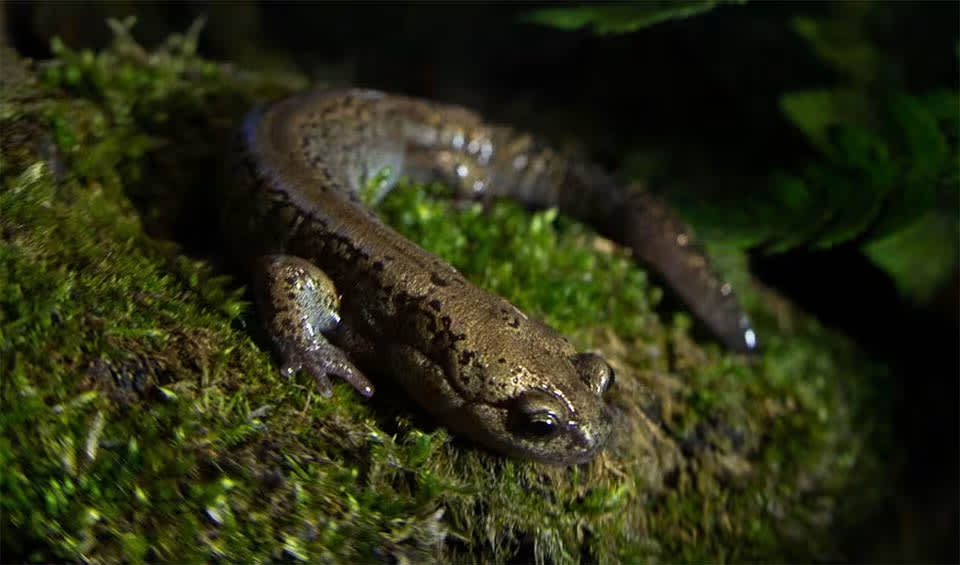A wide variety of ecosystems, from arctic deserts and tundra to taiga, mixed forests, and subtropics, all in the world’s biggest country- Russia. The largest wetland systems in the world, 7.762 million km² (2.9969 million mi²) of forests, and various soil types are among its natural treasures. Although 65% of its territory is yet untouched, pressures such as pollution, illegal logging, and climate change cause significant threats. Strong legal frameworks alone are unable to address issues such as cuts in financing and international sanctions imposed after the invasion, which hampered the progress of conservation.
Future plans focus on including biodiversity values into development initiatives and strengthening international collaboration. But, the current war situation raises doubts about how successfully these plans can be implemented. Peace builds, war destroys, and the way forward will only become clear with time.
Four pillars elaborated:
Russia is home to vast forest areas, covering approximately 8 million km²
(3.0888 million mi², 5% of the Earth’s total land area). The Russian taiga alone is greater than the Amazon Rainforest. Over the past 20 years, Russia has lost 640,000 km² (247,105.28 mi²) of tree cover, an 8.4% decrease, accounting for 17% of global forest loss, with 56,000 km² (21,621.71mi² )lost in 2018 alone. Land Management
Land Management
Russia has over 12,000 protected areas, covering 2 million km² (772200 mi²).
Federally managed areas, including 101 strict nature reserves (zapovedniks), 40
national parks, and 69 federal sanctuaries (zakazniks), cover 540,000 km² (208,440
mi²), about 3% of the country.
20% of Russia is severely affected by human activities, but 65% is unaffected.
Protected areas cover 11.4% of terrestrial and inland waters and 2.23% of marine
areas. Wetland systems in Russia are the biggest in the world, comprising 1.8
million km² (694,980 mi²) of peatlands and marshes, and they are essential for
sequestering carbon. About 80% of Arctic species are found in Russia. The
country has the world’s longest coastline, stretching 60,000 km (37282.27 miles)
over 13 seas in the Atlantic, Arctic, and Pacific Oceans.
Illegal logging, the replacement of primary forests with secondary species, and
increasing forest fires, due to human activity and rising temperatures, lead to the
degradation of forest habitats and biodiversity. Infrastructure development and
pollutant release, including oil spills, further harm biodiversity. Regulated and
unregulated hunting are also significant threats. Estimates suggest that quotas plus
actual hunting are far exceeding sustainable limits. Marine biodiversity is also
threatened by illicit, unreported, and unregulated (IUU) fishing. Approximately
1,100 rare and endangered plant and animal species are listed in the Russian Red
Data Book, RLI score of 0.96, indicating a low risk of species extinction. Biodiversity Sensitivity
Biodiversity Sensitivity
Russia’s isolation with international sanctions following the invasion of Ukraine is
one important element that has damaged the country’s biodiversity. This isolation
affected vital monitoring systems, such as satellite tracking of migrating animals,
discontinued international cooperation on conservation efforts, and blocked
funding for conservation initiatives. The resulting lack of coordination threatened
the protection of diverse habitats and numerous endangered species.
Russia, the largest nation, has a federal structure. The federal level, which
comprises the President, the Government, and federal agencies, and the regional
level, each with its own executive body, share administrative power. This grants its
regions a great deal of liberty, for independent sustainable biodiversity use. Capacity and Governance
Capacity and Governance
A strong legislative framework for environmental protection and biodiversity
conservation is present. Environmental protection, wildlife, fishing, hunting, and
forestry are all covered by federal legislation. The City Building Code adds
sustainability into land development processes. This legislative framework is
always being refined to align economic measures with global environmental
norms. The current legal framework effectively addresses environmental concerns,
but it lacks specific provision codes for biodiversity conservation.
The war’s impact on biodiversity extends globally, revealing governance shocks in
Russia’s conservation efforts. The ministry of natural resources and environment
leads, however, there is a lack of coordination among Ministries such as
Agriculture And Education. There is a need for more improved coordination in war
situations.
Russia expects to continue addressing the long-term issues of biodiversity loss and
ecological degradation in the 21st century. Resolving these issues will get more
difficult with increasing anthropogenic impacts. There are plans to tackle these
problems by implementing a wide range of policies targeted at reducing
unsustainable resource usage, improving resource efficiency, and properly
allocating vast land and water resources. Additionally, ensuring that the costs and
benefits of biodiversity loss are fairly considered in economic structures. This
approach will incentivize the use of sustainable practices while discouraging
activities that lead to biodiversity loss and ecosystem damage. Future Trends
Future Trends
In order to make sure that conservation efforts are integrated into all facets of
society and government, a key component will be the incorporation of biodiversity
values into both national and local development plans. The goal is to implement a
national strategy (the revised NSAPBC) in a way that is consistent with
international agreements such as the CBD, to encourage a common strategy among various government agencies/levels. Biodiversity protection will also be included in regional policy (regional strategies) and spatial planning tools will be used to optimize land use.
Biodiversity
The country is also remarkable in terms of animal species, with over 320 species of mammals, including iconic creatures like the Siberian tiger, brown bear, reindeer, and Russian desman. Cold-blooded creatures such as the elusive Amur leopard and the charming Siberian salamander add to the biodiversity tapestry of the country.
In the table below are the number of known species in several main groups, how many of these species are Threatened with extinction, and how many of them are Endemic (unique to Russia only):
| Species (World rank) |
Threatened | % Threatened | Endemic | % Endemic | |
|---|---|---|---|---|---|
| Mammals | 325 (#27) | 34 | 10.5% | 23 | 7.1% |
| Birds | 663 (#45) | 58 | 8.7% | 4 | 0.6% |
| Reptiles | 90 (#95) | 9 | 10.0% | 3 | 3.3% |
| Amphibians | 30 (#80) | ||||
| Fishes | 985 (#53) | 65 | 6.6% | 37 | 3.8% |
| Plants | 12,500 (#22) | 56 | 0.4% | 47 | 0.4% |
mammals
European bison
Habitat destruction & overhunting led to extinction in the wild, now gradually being reintroduced
Tiger
3,000 in the wild and 10,000 in captivity., tigers are being treated as Selfie props than wildlife
Russian desman
Imagine a mammal that blends the features of a mole with a rat, but with a surprisingly luxurious tail!
birds
Siberian crane
One of the rarest and most critically endangered crane species in the world
Atlantic puffin
This incredible bird can hold up to 30 fish in its beak at once
Eastern imperial eagle
Its imperial imagery and fierce demeanor have made it a symbol of power and nobility throughout history
reptiles
Viviparous lizard
One of the few reptiles that can not only lay eggs but also give birth to live young
European adder
A venomous snake native to Britain and found all across Europe
European pond turtle
At the first sign of danger, it will quickly dive into the water and hide
amphibians
European green toad
An unusual amphibian that can survive high temperatures and is even quite tolerant to desiccation
Siberian salamander
They are known for their ability to “freeze up” when facing temperatures down to -45°C or -49°F
Moor frog
Male undergo a striking transformation during a short breeding window, displaying a vibrant blue color
National Animals
Brown bear
The second largest bear, right after the polar bear. Sadly, it well might top the list soon

















